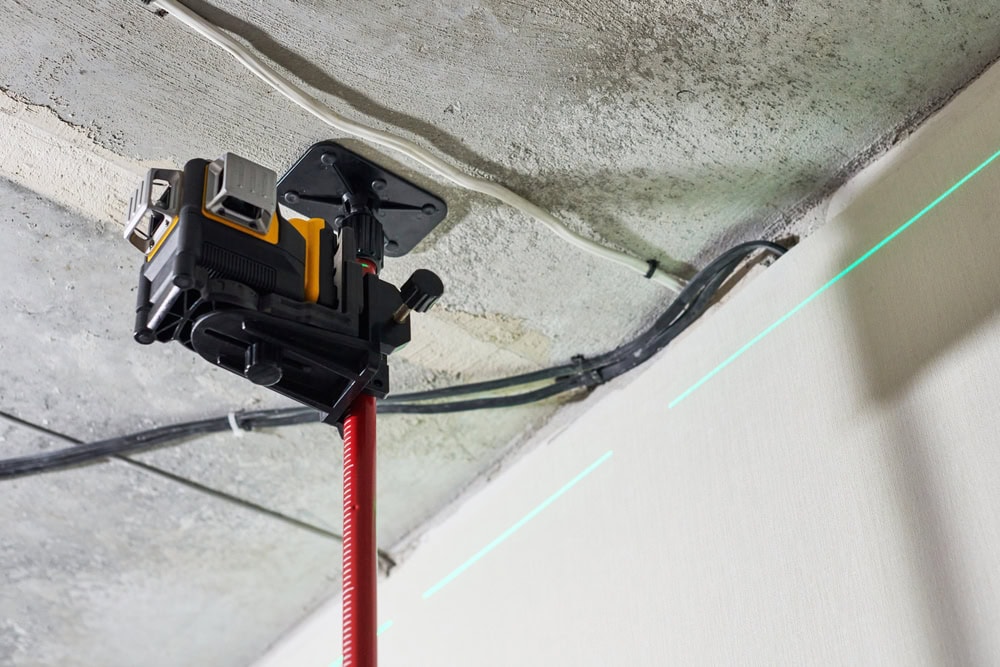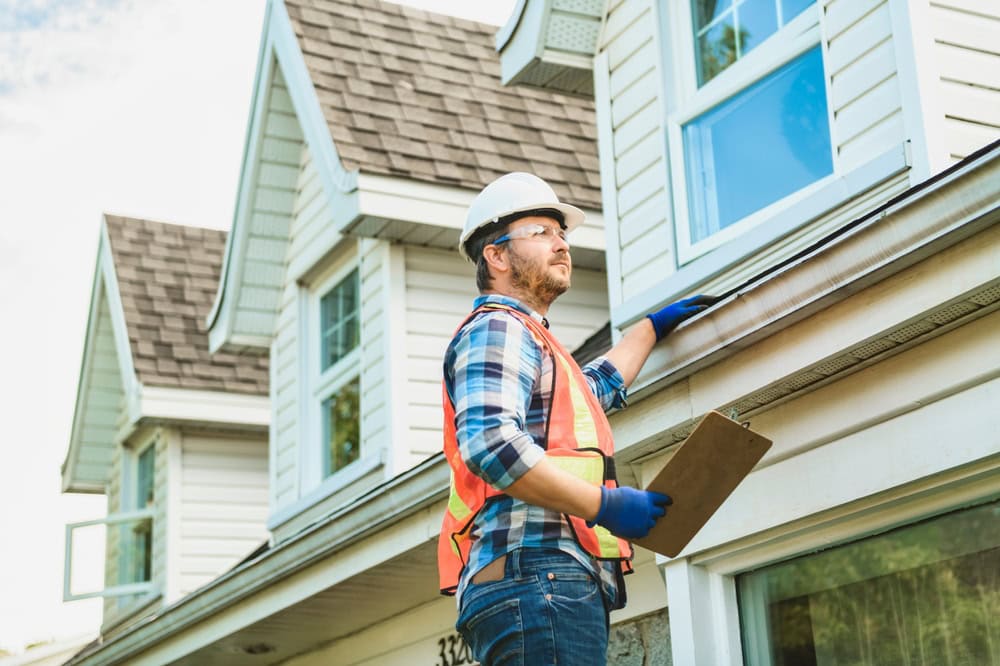The Pros and Cons of Different California Contractor License Classifications
Choosing the right license classification is a crucial decision for aspiring contractors in California. Each classification comes with its own set of opportunities and limitations. This guide will help you understand the various options and make an informed decision that aligns with your career goals. General Engineering Contractor (A) Pros: Broad scope of work, including … Read more










